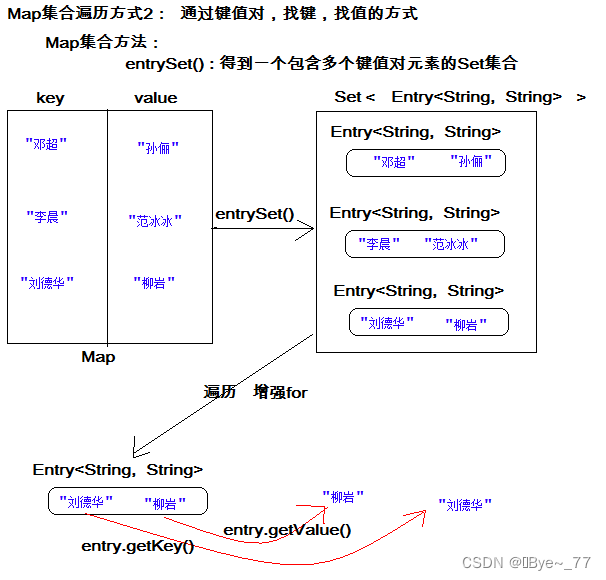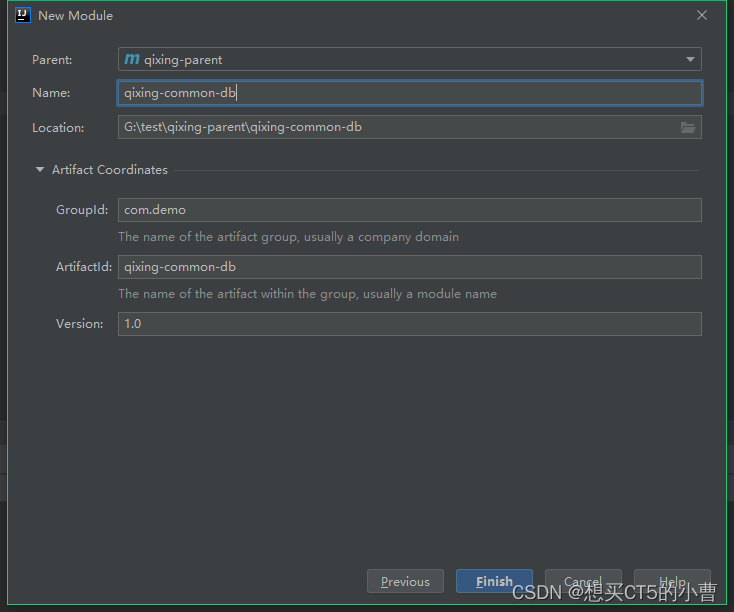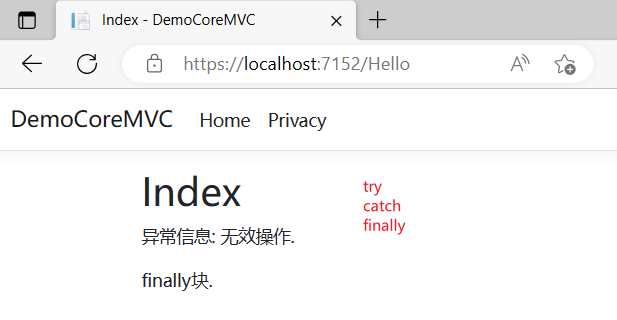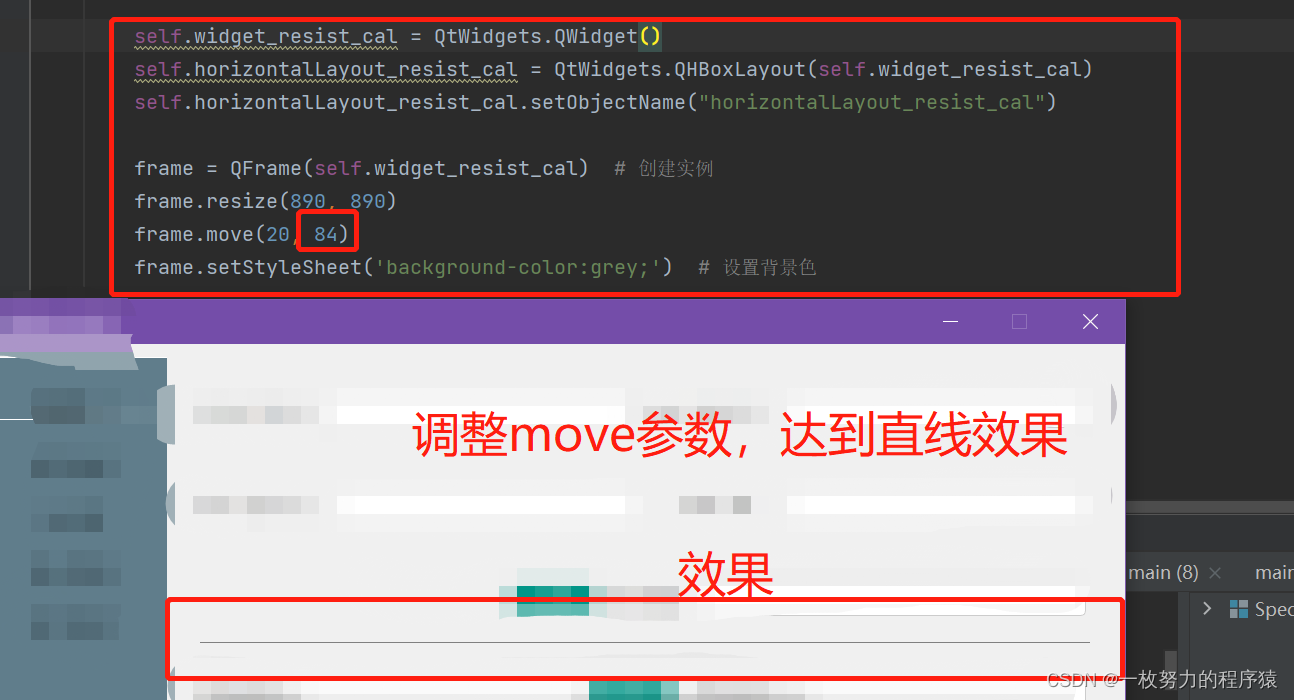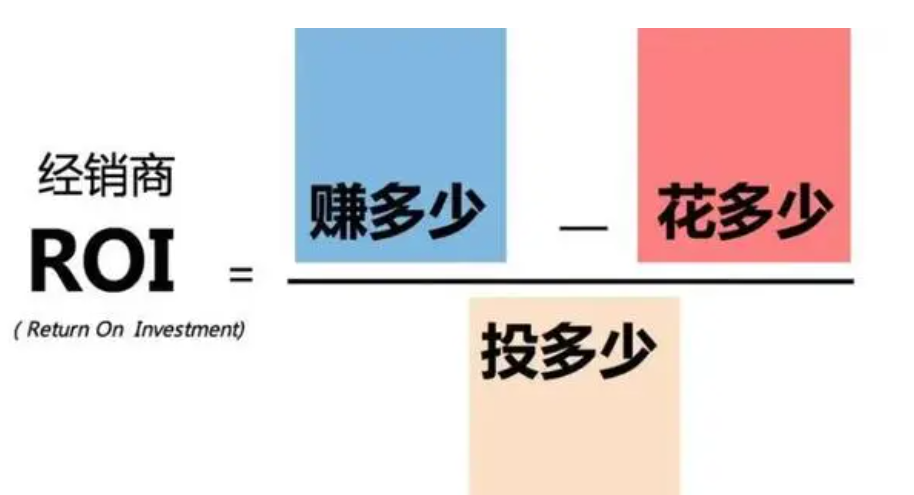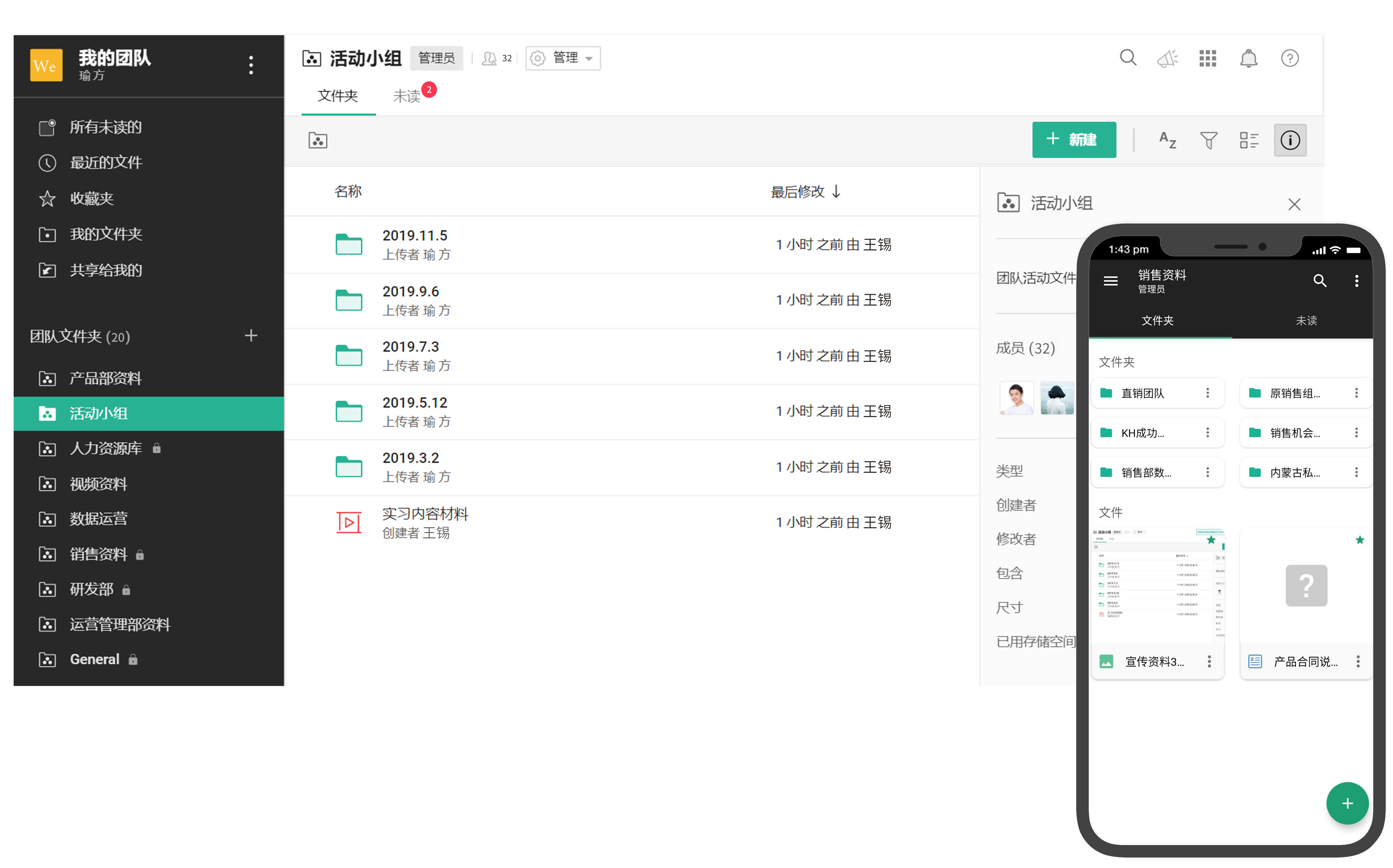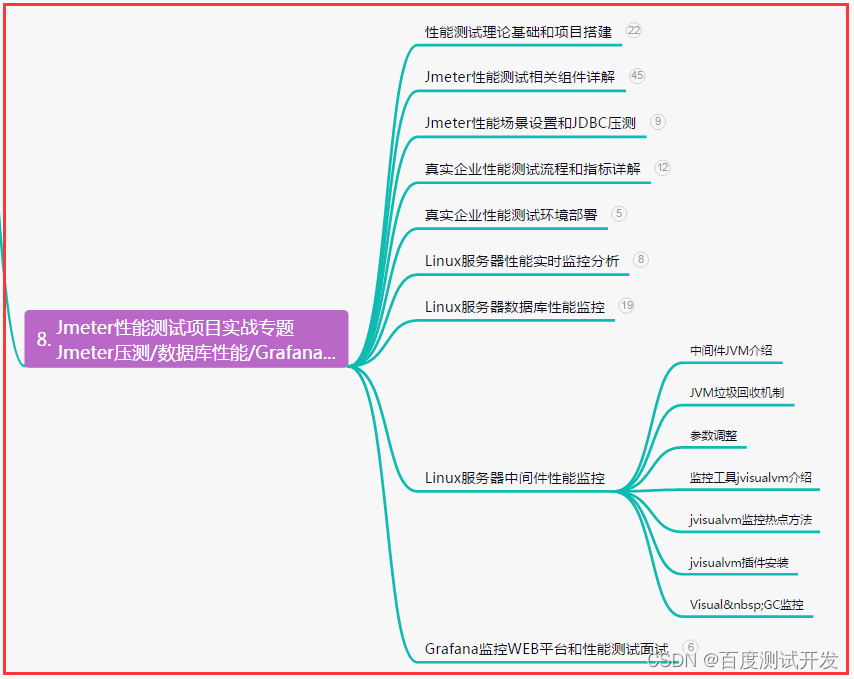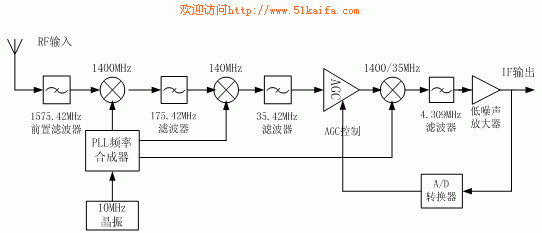
目录
1. 罗马数字转整数 🌟
2. 电话号码的字母组合 🌟🌟
3. 排列序列 🌟🌟🌟
🌟 每日一练刷题专栏 🌟
Golang每日一练 专栏
Python每日一练 专栏
C/C++每日一练 专栏
Java每日一练 专栏
1. 罗马数字转整数
罗马数字包含以下七种字符: I, V, X, L,C,D 和 M。
字符 数值 I 1 V 5 X 10 L 50 C 100 D 500 M 1000
例如, 罗马数字 2 写做 II ,即为两个并列的 1。12 写做 XII ,即为 X + II 。 27 写做 XXVII, 即为 XX + V + II 。
通常情况下,罗马数字中小的数字在大的数字的右边。但也存在特例,例如 4 不写做 IIII,而是 IV。数字 1 在数字 5 的左边,所表示的数等于大数 5 减小数 1 得到的数值 4 。同样地,数字 9 表示为 IX。这个特殊的规则只适用于以下六种情况:
I可以放在V(5) 和X(10) 的左边,来表示 4 和 9。X可以放在L(50) 和C(100) 的左边,来表示 40 和 90。C可以放在D(500) 和M(1000) 的左边,来表示 400 和 900。
给你一个罗马数字,将其转为整数。
示例 1:
输入: num = "III" 输出: 3
示例 2:
输入: num = "IV" 输出: 4
示例 3:
输入: num = "IX" 输出: 9
示例 4:
输入: num = "LVIII" 输出: 58 解释: L = 50, V = 5, III = 3.
示例 5:
输入: num = "MCMXCIV" 输出: 1994 解释: M = 1000, CM = 900, XC = 90, IV = 4.
提示:
1 <= num <= 3999
出处:
https://edu.csdn.net/practice/26046518
代码:
import java.util.*;
public class romanToInt {
public static class Solution {
public int romanToInt(String s) {
int n = 0;
for (int i = 0; i < s.length();) {
char c = s.charAt(i);
if (c == 'I') {
if (i + 1 < s.length()) {
if (s.charAt(i + 1) == 'V') {
n += 4;
i += 2;
} else if (s.charAt(i + 1) == 'X') {
n += 9;
i += 2;
} else {
n += 1;
i++;
}
} else {
n += 1;
i++;
}
} else if (c == 'X') {
if (i + 1 < s.length()) {
if (s.charAt(i + 1) == 'L') {
n += 40;
i += 2;
} else if (s.charAt(i + 1) == 'C') {
n += 90;
i += 2;
} else {
n += 10;
i++;
}
} else {
n += 10;
i++;
}
} else if (c == 'C') {
if (i + 1 < s.length()) {
if (s.charAt(i + 1) == 'D') {
n += 400;
i += 2;
} else if (s.charAt(i + 1) == 'M') {
n += 900;
i += 2;
} else {
n += 100;
i++;
}
} else {
n += 100;
i++;
}
} else if (c == 'V') {
n += 5;
i++;
} else if (c == 'L') {
n += 50;
i++;
} else if (c == 'D') {
n += 500;
i++;
} else if (c == 'M') {
n += 1000;
i++;
}
}
return n;
}
}
public static void main(String[] args) {
Solution s = new Solution();
String str = "III";
System.out.println(s.romanToInt(str));
str = "IV";
System.out.println(s.romanToInt(str));
str = "IX";
System.out.println(s.romanToInt(str));
str = "LVIII";
System.out.println(s.romanToInt(str));
str = "MCMXCIV";
System.out.println(s.romanToInt(str));
}
}输出:
3
4
9
58
1994
2. 电话号码的字母组合
给定一个仅包含数字 2-9 的字符串,返回所有它能表示的字母组合。答案可以按 任意顺序 返回。
给出数字到字母的映射如下(与电话按键相同)。注意 1 不对应任何字母。
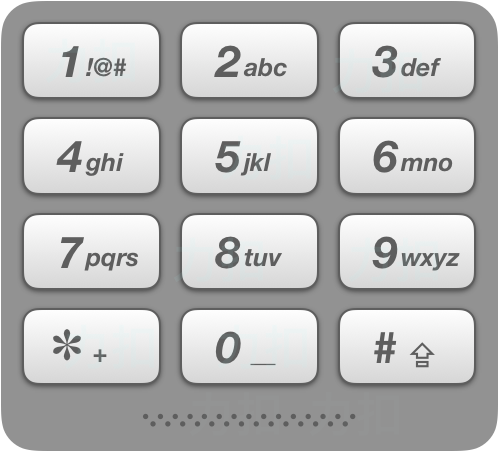
示例 1:
输入:digits = "23" 输出:["ad","ae","af","bd","be","bf","cd","ce","cf"]
示例 2:
输入:digits = "" 输出:[]
示例 3:
输入:digits = "2" 输出:["a","b","c"]
提示:
0 <= digits.length <= 4digits[i]是范围['2', '9']的一个数字。
出处:
https://edu.csdn.net/practice/26046519
代码:
import java.util.*;
public class romanToInt {
public static class Solution {
public List<String> letterCombinations(String digits) {
Character[][] letters = { {}, {}, { 'a', 'b', 'c' }, { 'd', 'e', 'f' }, { 'g', 'h', 'i' }, { 'j', 'k', 'l' },
{ 'm', 'n', 'o' }, { 'p', 'q', 'r', 's' }, { 't', 'u', 'v' }, { 'w', 'x', 'y', 'z' }, };
List<List<Character>> combinations = new ArrayList<>();
for (int i = 0; i < digits.length(); i++) {
Character d = digits.charAt(i);
int index = Character.getNumericValue(d);
Character[] letter = letters[index];
//System.out.println(d);
if (i == 0) {
for (int j = 0; j < letter.length; j++) {
List<Character> c = new ArrayList<>();
c.add(letter[j]);
combinations.add(c);
}
} else {
List<List<Character>> added = new ArrayList<>();
for (int j = 0; j < combinations.size(); j++) {
List<Character> c = combinations.get(j);
List<Character> origin_c = new ArrayList<>(c);
for (int k = 0; k < letter.length; k++) {
Character l = letter[k];
if (k == 0) {
c.add(l);
} else {
List<Character> new_c = new ArrayList<>(origin_c);
new_c.add(l);
added.add(new_c);
}
}
}
combinations.addAll(added);
}
}
List<String> output = new ArrayList<>();
for (int i = 0; i < combinations.size(); i++) {
List<Character> c = combinations.get(i);
StringBuilder sb = new StringBuilder();
for (Character l : c) {
sb.append(l);
}
output.add(sb.toString());
}
return output;
}
}
public static void main(String[] args) {
Solution s = new Solution();
String str = "23";
System.out.println(s.letterCombinations(str));
str = "";
System.out.println(s.letterCombinations(str));
str = "2";
System.out.println(s.letterCombinations(str));
}
}输出:
[ad, bd, cd, ae, af, be, bf, ce, cf]
[]
[a, b, c]
3. 排列序列
给出集合 [1,2,3,...,n],其所有元素共有 n! 种排列。
按大小顺序列出所有排列情况,并一一标记,当 n = 3 时, 所有排列如下:
"123""132""213""231""312""321"
给定 n 和 k,返回第 k 个排列。
示例 1:
输入:n = 3, k = 3 输出:"213"
示例 2:
输入:n = 4, k = 9 输出:"2314"
示例 3:
输入:n = 3, k = 1 输出:"123"
提示:
1 <= n <= 91 <= k <= n!
以下程序实现了这一功能,请你填补空白处内容:
```Java
class Solution {
public String getPermutation(int n, int k) {
StringBuilder sb = new StringBuilder();
List<Integer> candidates = new ArrayList<>();
int[] factorials = new int[n + 1];
factorials[0] = 1;
int fact = 1;
for (int i = 1; i <= n; ++i) {
candidates.add(i);
fact *= i;
factorials[i] = fact;
}
k -= 1;
____________________;
return sb.toString();
}
}
```
出处:
https://edu.csdn.net/practice/26046520
代码:
import java.util.*;
public class getPermutation {
public static class Solution {
public String getPermutation(int n, int k) {
StringBuilder sb = new StringBuilder();
List<Integer> candidates = new ArrayList<>();
int[] factorials = new int[n + 1];
factorials[0] = 1;
int fact = 1;
for (int i = 1; i <= n; ++i) {
candidates.add(i);
fact *= i;
factorials[i] = fact;
}
k -= 1;
for (int i = n - 1; i >= 0; --i) {
int index = k / factorials[i];
sb.append(candidates.remove(index));
k -= index * factorials[i];
}
return sb.toString();
}
}
public static void main(String[] args) {
Solution s = new Solution();
System.out.println(s.getPermutation(3,3));
System.out.println(s.getPermutation(4,9));
System.out.println(s.getPermutation(3,1));
}
}输出:
213
2314
123
🌟 每日一练刷题专栏 🌟
✨ 持续,努力奋斗做强刷题搬运工!
👍 点赞,你的认可是我坚持的动力!
🌟 收藏,你的青睐是我努力的方向!
✎ 评论,你的意见是我进步的财富!
☸ 主页:https://hannyang.blog.csdn.net/
 | Golang每日一练 专栏 |
 | Python每日一练 专栏 |
 | C/C++每日一练 专栏 |
 | Java每日一练 专栏 |
